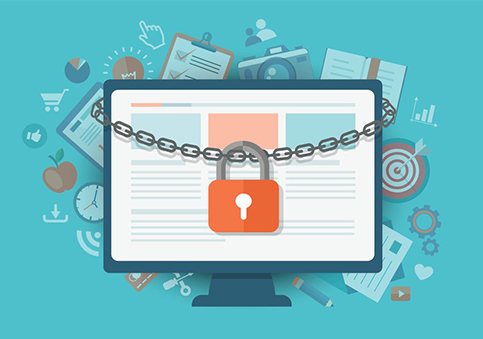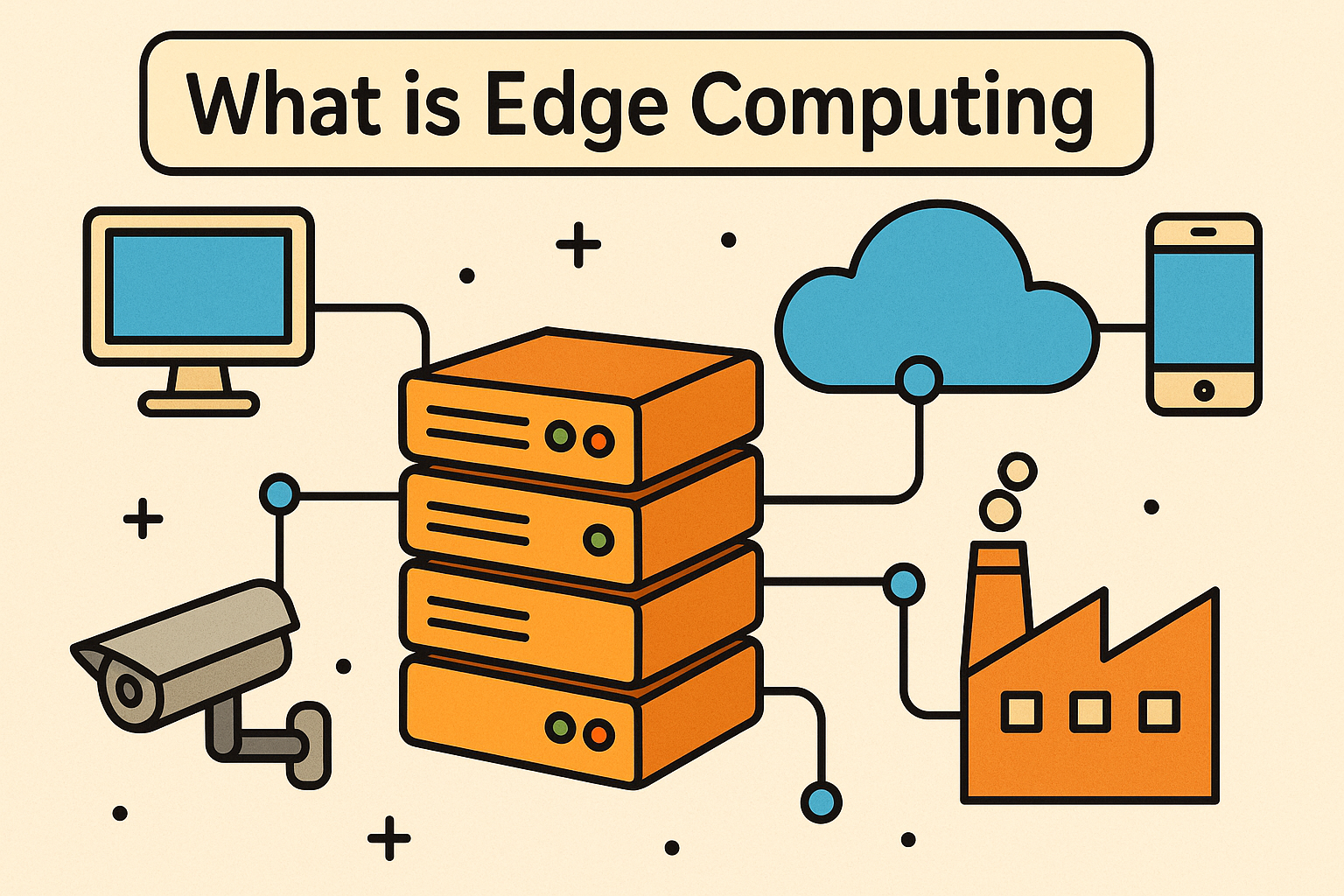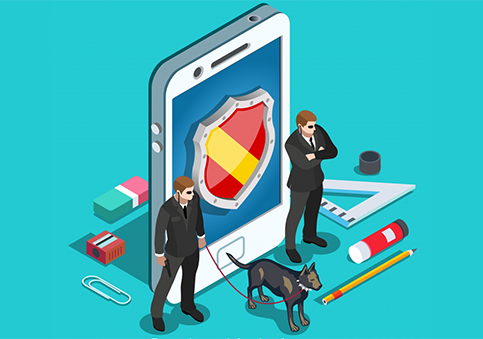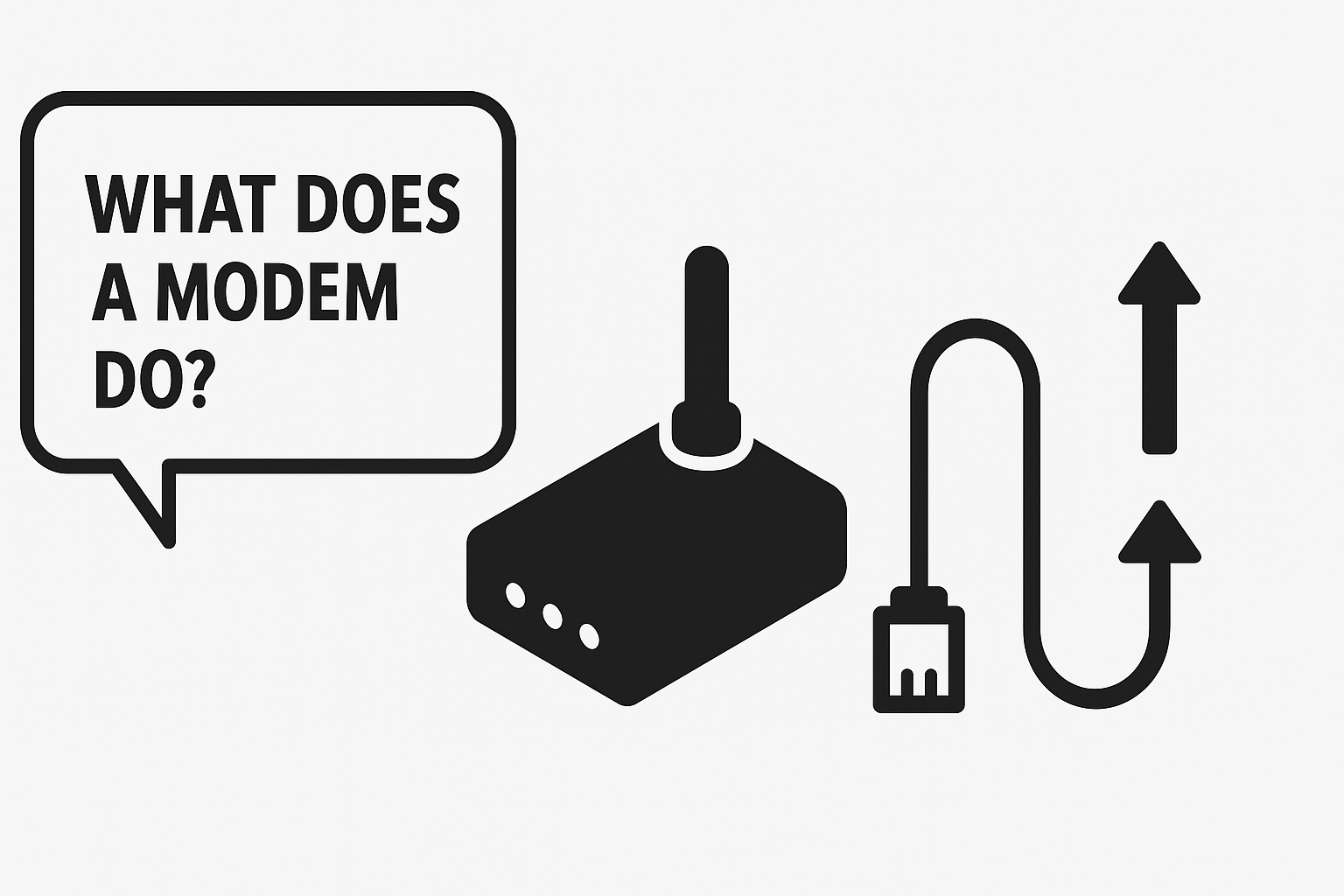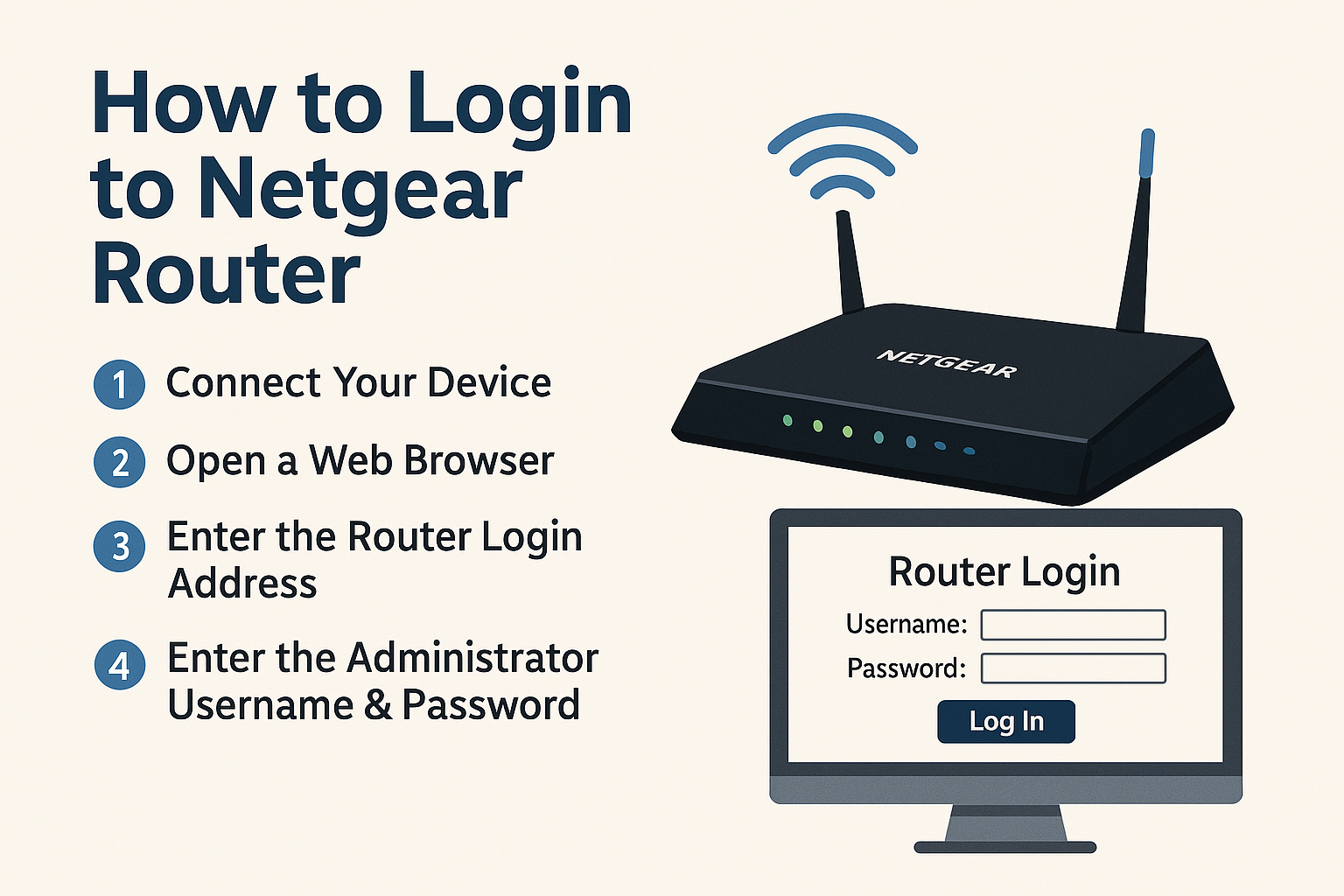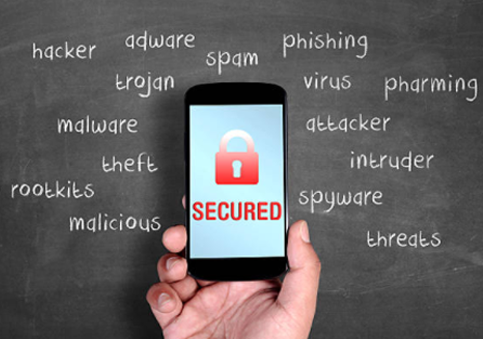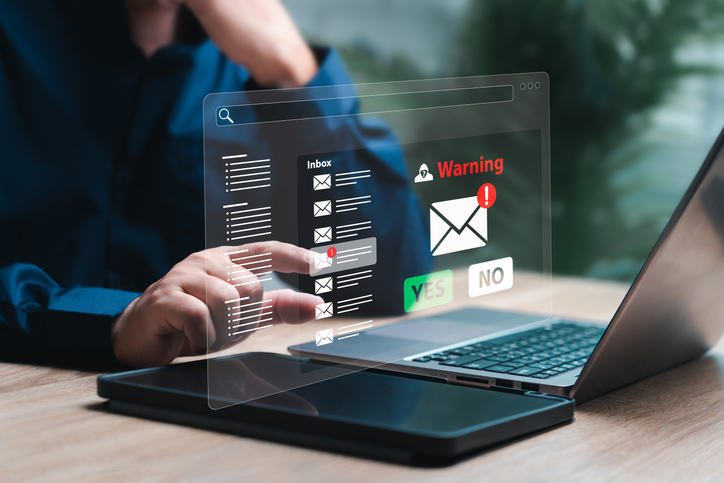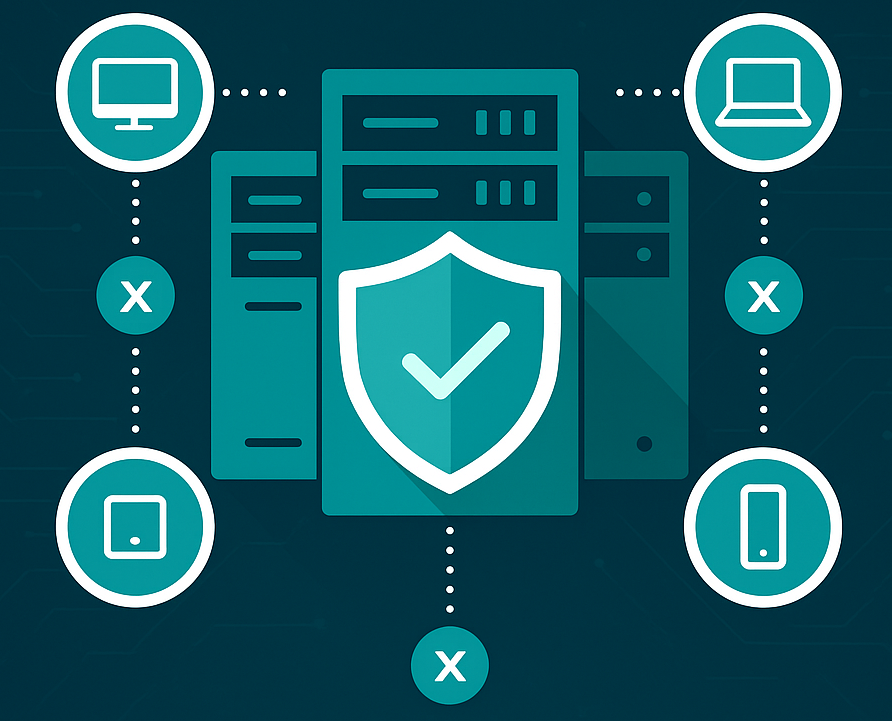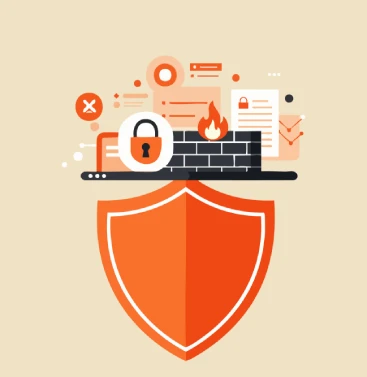What To Do When You Get A Ransomware Email
Updated on October 11, 2022, by Xcitium

Now that each person’s life is connected to some kind of digital device, like laptops and cellphones, everybody should have detected ransomware for some purpose. Ransomware attacks are distinguished within the past decade more or less rising as a replacement type of crime to afflict the net safety of each single laptop computer user or owner.
It has become such a threat that it became our responsibility to educate ourselves on how to identify ransomware and its many forms. As it has advanced and morphed into different forms and faces, alertness and mindful browsing should become a staple exercise when using and going through the interweb.
So it’s important to not only know what to do if you get a ransomware email but also how you can protect yourself from a ransomware attack.
How To Identify Ransomware?
Identifying ransomware’s elements is essential in prevailing against a ransomware attack. Since recovering from it could come with a bigger cost not to mention tedious, prevention is a better alternative in dealing with a ransomware attack. There are a few things to consider so you’ll know how to identify ransomware:
● Search and familiarize yourself with common or on the rise ransomware variants. The news can provide some information on this as well, but doing your own research helps expand your knowledge on how to identify ransomware and make better decisions for protection.
● Monitor your file servers and metadata for unfamiliar or odd-looking file names or renamed folders. There are also instances where files that weren’t there before suddenly appear or are duplicated. As soon as this happens, it’s wise to run your anti-malware apps for scanning.
● Do your research on current mediums used for delivering ransomware to victims to alert you for such emails and what to do if you get a ransomware email. Generally, ransomware domains are also another way of tricking people into running ransomware. Check URLs on the address bar and make sure that there are no additional elements in it.
What To Do If You Get A Ransomware Email
Despite having many methods of making oblivious people click on ransomware apps, sending it through an email is still the most common means. Therefore, asking yourself what to do if you get a ransomware email is the most basic question for starters.
Universally, these emails have different sorts of claims to compel people into downloading or clicking the ransomware link cybercriminals attach in the email. In some cases, they allege themselves as authorities such as the police force or a branch of the government to scare people into complying.
Some pronounce they are from big-named banks with a tempting offer for a loan or membership or marketing. In any case, should an email that you didn’t apply for or are unfamiliar with comes into your inbox, be wary. Here are what to do if you get a ransomware email:
● As soon as you recognize that an email can possibly be ransomware, or contains ransomware, quickly take a screenshot of it for future reference and to have evidence of the email when reporting to authorities.
● Once you recognize that an email may be ransomware, immediately run your anti-malware scanners to be sure. If it is ransomware, your anti-malware apps will do its work and get it off your system.
● If possible, ask for assistance, contact your IT department or if you’re subscribed to an anti-malware/ransomware service that offers customer service, they can be contacted for support as well. This is where your investment in cybersecurity comes in handy.
● After gathering as much evidence as you can, and quickly, you can also opt to turn your computer off to cut off any communication on the internet that can cause more damage in your system.
Now that you’re armed with knowledge on what to do if you get a ransomware email, there are also things you should NOT be doing.
● Don’t put it off. Don’t wait for hours or days before taking action against a ransomware attack because it can be the difference between getting inconvenienced by possibly losing your files and a small task that can be done in minutes.
● Don’t pay the ransom. Many cyber experts have advised against paying the ransom because it doesn’t assure that the hijacker will send the decryption code that releases your computer from being locked. There are many instances wherein the victim was left hanging after paying the required sum and was ghosted.
● Don’t use your computer. If it is indeed, corrupted, continued use can cause additional damage to files that could have been salvaged.
● Don’t skimp on anti-ransomware apps. Be carefree and let the experts secure your computer/s with anti-ransomware apps. Most of these companies offer free services or free trial services to allow their customers a peek into what they can do to ensure your cyber protection. Most services are affordable and reasonably priced depending on the scale of their coverage.
Invest in your computer’s safety, check out Xcitium Cybersecurity today!




